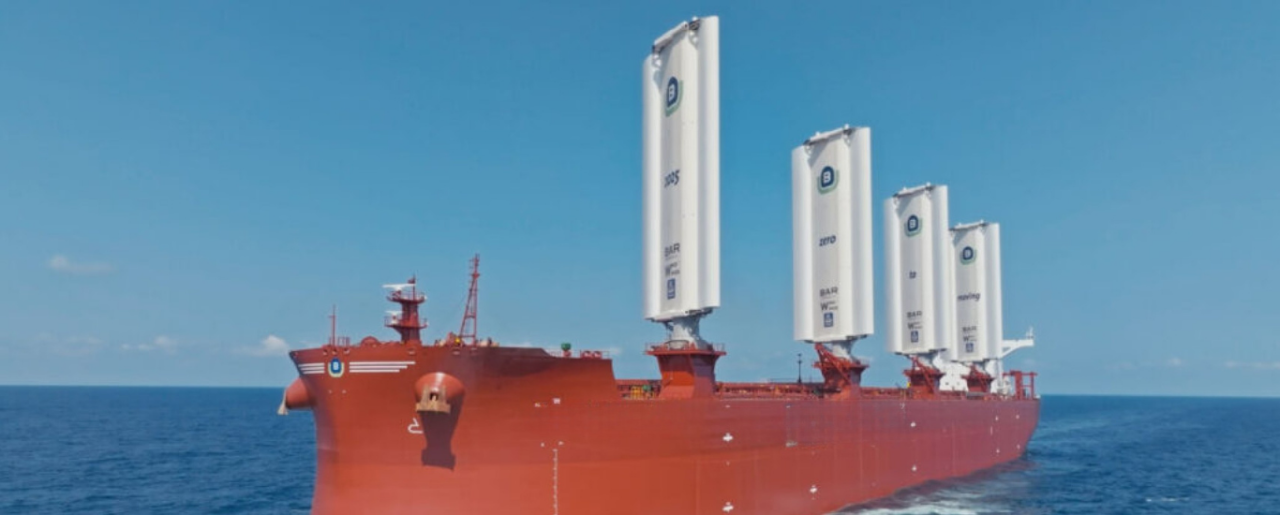
The Baltic Exchange highlights the potential of wind-assisted ship propulsion (WASP) to reduce emissions and fuel costs on major shipping routes.
Understanding Wind-Assisted Ship Propulsion
The Baltic Exchange would like to increase industry awareness of the positive contribution wind assisted ship propulsion (WASP) could provide in reducing emissions and fuel cost for major shipping routes. The results for each of the standard routes covered by the Baltic Exchange are presented in a traffic light format for the estimated fuel and emissions savings. These are based on the standard Baltic ship, speeds, and fuel consumptions on identified Baltic trade routes.
Outcome (Traffic Light) — Estimated Savings for Wind Propulsion
The following table shows average savings on representative Cape routes for the WASP technologies considered. Other Baltic time-charter routes are expected to exhibit similar fuel savings per day, as they are composites of these representative routes.
The validated data and simulations in this study are kindly provided by members of the International Wind Ship Association (IWSA). The savings shown here should be treated as initial guidance. Wind route optimisation, which is not included in these results, will deliver additional fuel and emissions savings.
Different WASP technologies may generate notably different savings on specific routes. Technology providers can offer accurate performance predictions specific to their systems. Their contact details are listed in the “Criteria and Inputs” section.
When trading to EU ports, WASP also offers the benefit of reducing compliance costs under the EU ETS and FuelEU regulations.
Eco Speed Results
| Route | Ballast Port | Load Port | Discharge Port | Ballast leg fuel savings t/day |
Laden leg fuel savings t/day |
Round Voyage fuel savings t/day |
Round vogage GHG reduction CO2EQ/day |
|---|---|---|---|---|---|---|---|
| C2 | Rotterdam | Tubarao | Rotterdam | 5.36 | 4.38 | 4.87 | 15.35 |
| C3 | Qingdao | Tubarao | Qingdao | 6.12 | 6.53 | 6.33 | 19.93 |
| C5 | Qingdao | Port Hedland | Qingdao | 5.47 | 4.61 | 5.04 | 15.88 |
| C7 | Rotterdam | Bolivar | Rotterdam | 7.34 | 8.26 | 7.80 | 24.58 |
| C17 | Qingdao | Saldanha Bay | Qingdao | 6.09 | 5.17 | 5.63 | 17.73 |
Eco speed and consumption assumptions:
Ballast leg: 13 knots — 42 mt MFO/day
Laden leg: 12 knots — 43 mt MFO/day
These assessments are based on round voyages and assume a vessel operating on that route year-round. Industry-standard wind distribution data, spanning a minimum of five years, was used for the simulations. This composite model can inform time-charter decisions.
To view Full speed savings click here.
WASP Criteria & Technology Partners
This initiative’s simulations and validated data were generously provided by members of the International Wind Ship Association (IWSA). For detailed modelling criteria and calculation inputs, including technology provider contacts, see the WASP Criteria & Inputs section.